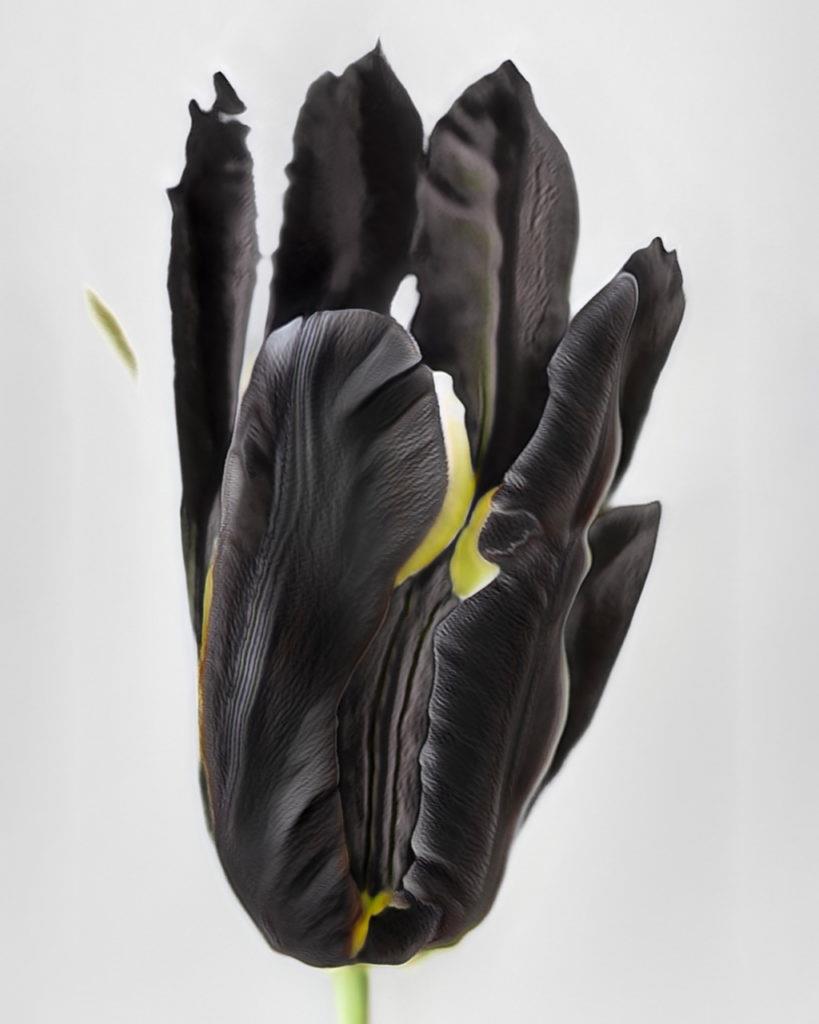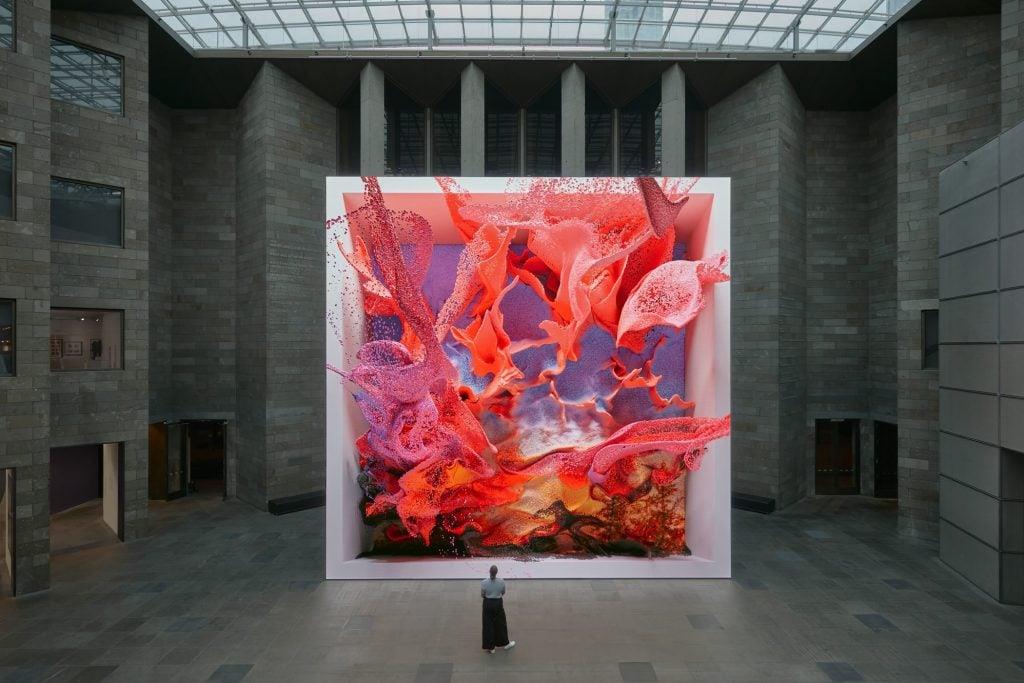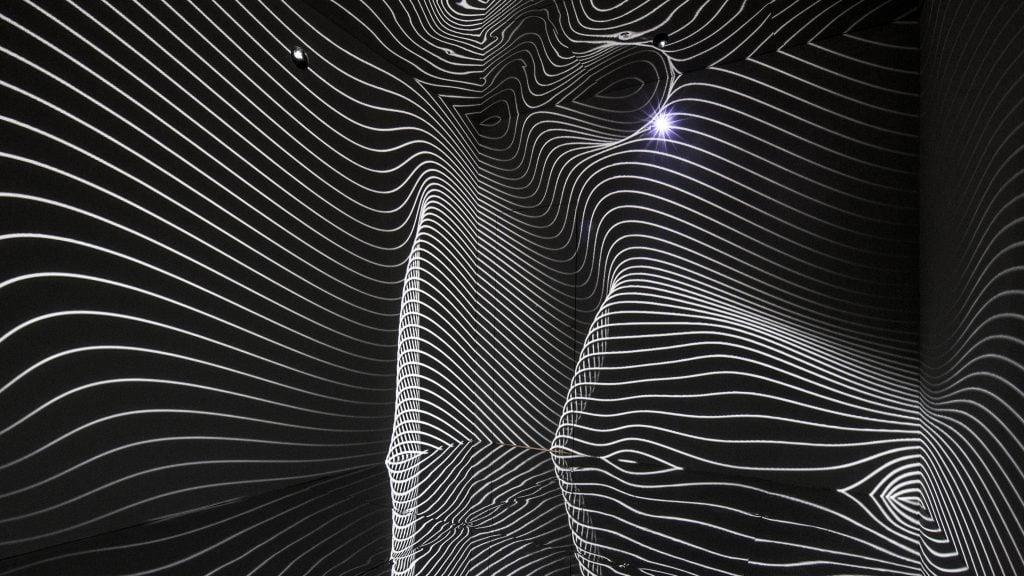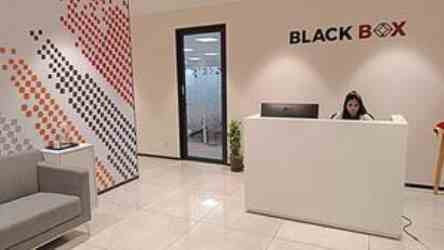
Exploring The Intersection Of AI And Art In The United States
AI-generated portrait,“Edmond de Belamy” by the Paris-based collective Obvious The Rise of AI in Art
The influence of AI in art began to gain traction with the advent of machine learning techniques capable of analyzing vast datasets and generating outputs. AI's potential was realized by artists and technologists who saw an opportunity to remove certain barriers to creativity. By automating some aspects of the creative process, artists can explore new styles, produce complex visual narratives, and even challenge the boundaries of what constitutes“art.”
Notably, in 2018, the auction of an AI-generated portrait,“Edmond de Belamy” by the Paris-based collective Obvious, for an eye-watering $432,500 exemplified the viability of AI-generated art in the commercial space. This landmark event thrust AI into the spotlight, generating discussions about originality, creativity, and the role of the artist. But while it became a milestone, the intersection of AI and art in the United States encompasses much more than sensational auction results.

Black Tulip (2023), Anna Ridler How AI Transforms Creative Processes
American artists are leveraging AI to explore various forms of creativity. One notable technique is Generative Adversarial Networks (GANs), where two neural networks are trained together-one generating and the other critiquing the outputs. This competition leads to the production of highly sophisticated results that often blur the lines between human-made and machine-generated craft.
These neural networks can analyze and synthesize styles, enabling artists to combine elements from different art forms and epochs seamlessly. For instance, an artist might train an AI on the works of Van Gogh, Picasso, and contemporary digital art, leading to the creation of pieces that intertwine the essence of these influences in groundbreaking ways.
Creative coding tools like Processing and p5 are also gaining traction among artists, enabling them to visualize data and create interactive installations. This democratization of coding allows a broader range of individuals to enter the artistic space, creating a melting pot of ideas and outputs that challenge conventional artistry.

Refik Anadol, Quantum Memories, 10M x 10M x 2.5M AI Data Sculpture Custom software, quantum computing data, generative algorithm with artificial intelligence (AI), real time digital animation on LED screen, 4 channel sound, Courtesy RAS Notable American Projects and Artists
Several American artists have taken the lead in merging AI technology with creative endeavors. Artists like Refik Anadol and Anna Ridler are notable figures who use AI to tell compelling stories through visual media. Anadol's projects often focus on the intersection of data, architecture, and human perception, creating stunning visualizations that donate the intricacies of our digital realities. His work“Melting Memories” showcases how AI can conjure viscerally emotional experiences that discuss memory in an age dominated by data.
On the other hand, Anna Ridler's work shines a light on how AI can act as a collaborator rather than just a tool. By using AI to generate images based on her handwritten notes and sketches, she highlights how human creativity can drive machine learning processes, infusing personal narratives into the neural outputs. Such collaborations redefine authorship and challenge the notion of originality in art.
Another significant project is“AI Artists,” an online platform and collective that features various creators working with AI technology in their artistic practice. The platform thrives on a collaborative spirit, providing a space for artists and developers to share resources, showcasing their work, and hosting exhibitions. This network emphasizes the inclusivity of technology in the arts, which traditionally has harbored exclusivity.
Challenges and Ethical ConsiderationsDespite the optimism surrounding AI-generated art, there are pressing challenges and ethical considerations. Issues of authorship and ownership have emerged, with questions as to whether an artist retains rights over works created with AI as a collaborator. The traditional idea of the artist as a sole creator is increasingly complicated when a machine can contribute creatively.
Furthermore, there are concerns surrounding bias in AI algorithms, particularly when training datasets reflect historical prejudices. As creators embed AI into their works, they must remain vigilant against these biases, which can inadvertently manifest in creative outputs. The responsibility lies with artists and technologists to ensure that their practices foster inclusivity and equality.

Courtesy Refik Anadol Studio.
The potential for exploitative use, such as deepfakes or AI-generated forgeries, poses another challenge for the art community. As the boundaries of creative expression blur, it becomes essential to establish robust ethical guidelines to protect against misuse while allowing for the liberation of artistic thought.
The Future of AI in ArtLooking forward, the future of AI in art represents both an exciting opportunity and a daunting challenge. Institutions, galleries, and educational programs across the United States are beginning to adapt to these new mediums, hosting exhibitions that explore this intersection. Museums are showcasing AI-generated works, emphasizing the need for discourse around the implications of machine-driven creativity.
As technology continues to evolve, artists are on the precipice of augmented experiences. VR, AR, and AI combine to create immersive environments that engage audiences in ways previously unimaginable. Artists can now guide viewers through multi-sensory experiences, pushing the envelope of how creativity can be expressed and felt.
The intersection of AI and art in the United States illustrates a burgeoning field that champions innovation while provoking important questions about creativity, ownership, and ethics. American artists and tech innovators are not only utilizing AI as a tool; they are reshaping artistic pathways and redefining what it means to create in an age characterized by rapid technological advancement.
As this dynamic landscape continues to evolve, it is the responsibility of various stakeholders-artists, technologists, and institutions alike-to forge a collaborative future where creativity thrives alongside ethics, inclusivity, and innovation. The exploration of AI in art is just beginning, and its journey promises to captivate and challenge us for generations to come.

Legal Disclaimer:
MENAFN provides the
information “as is” without warranty of any kind. We do not accept
any responsibility or liability for the accuracy, content, images,
videos, licenses, completeness, legality, or reliability of the information
contained in this article. If you have any complaints or copyright
issues related to this article, kindly contact the provider above.






















Comments
No comment